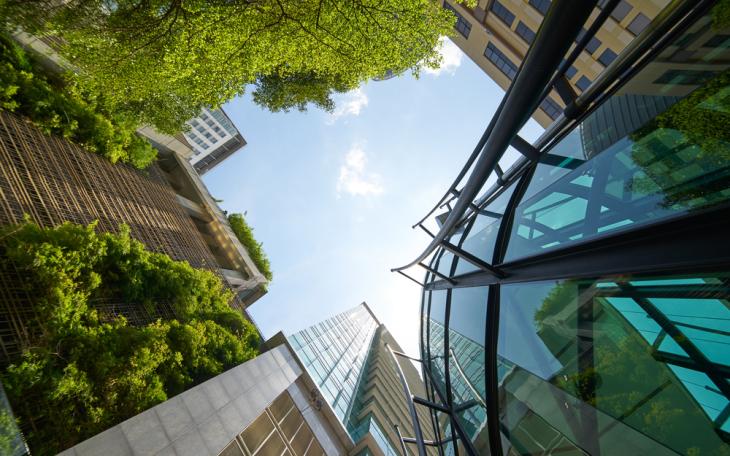Can the Green Industrial Revolution go hand-in-hand with the levelling up agenda?

By Gareth Jones
After a chaotic week for Boris Johnson, with the highly publicised infighting amongst the Downing Street team and the consequent exit of his key advisers, his self-isolation and a row about his comments on Scottish devolution -- today marked the day when the Prime Minister and his government intended to get back on the front foot with a major policy speech on the ‘Green Industrial Revolution’
The 10 Point Plan outlined today covers areas such as clean energy, transport, nature and innovative technologies and aims to fulfil two important political and policy goals for the government. The first being to make significant progress on fulfilling the UK’s net zero pledge by 2050 and take an important leadership position in the run up to the COP26 climate summit in Glasgow next year. The second objective is to link green investment to the government’s levelling up agenda to revive towns in the north and midlands – targeting much of the £12 billion of government investment and new green jobs in the UK’s industrial heartlands, including in the North East, Yorkshire and the Humber, West Midlands, Scotland and Wales. This link was particularly noteworthy in today’s Financial Times article by the Prime Minister where he stated that “British towns and regions — Teesside, Port Talbot, Merseyside and Mansfield — are now synonymous with green technology and growth,”
The 10-point plan itself is not particularly detailed or even new. Many of the initiatives – including those on offshore wind, public transport and energy efficient public buildings – have previously been announced (although it does contain new investment for hydrogen, nuclear power, electric vehicle infrastructure and carbon capture and storage). For many of those working in the green economy, the long-awaited Energy White Paper is arguably a bigger deal, as it will provide much of the policy detail needed for the sector to pursue its decarbonisation agenda.
Today’s announcement was, however, a significant political statement. It underlined the Prime Minister’s commitment to taking serious action on net zero and prioritising the green economy – an important message for the industry and private sector investors who will be largely responsible for delivering the transformation required. Going forward, it should provide a policy platform for further announcement in the run up to COP26.
This announcement also forms a key pillar of Downing Street’s “reset” – a way of drawing a line under recent events and providing a compelling vision for the country post-Covid, post-Brexit and, arguably, post-Dominic Cummings. Some have already highlighted that the Prime Minister’s pivot towards supposed ‘softer issues’ such as climate change is a sign of a less combative government, without the influence of the former Downing Street adviser. This was certainly the take of former Energy Minister and COP26, Claire Perry, who told Times Radio today that “Dominic Cummings told me he didn't understand the green stuff. He said it didn't matter to people in Red Wall seats, it's just an obsession of posh boys in southern seats.”
It is, of course, a matter of contention as to whether voters in Britain’s industrial heartlands – or ‘red wall’ seats -- care any less about climate change than the rest of the country. However, now that the Prime Minister has now made an explicit link between his levelling up agenda and green growth, he will need to show that the ‘Green Industrial Revolution’ can deliver for people in these regions and retain their support at the next election.









